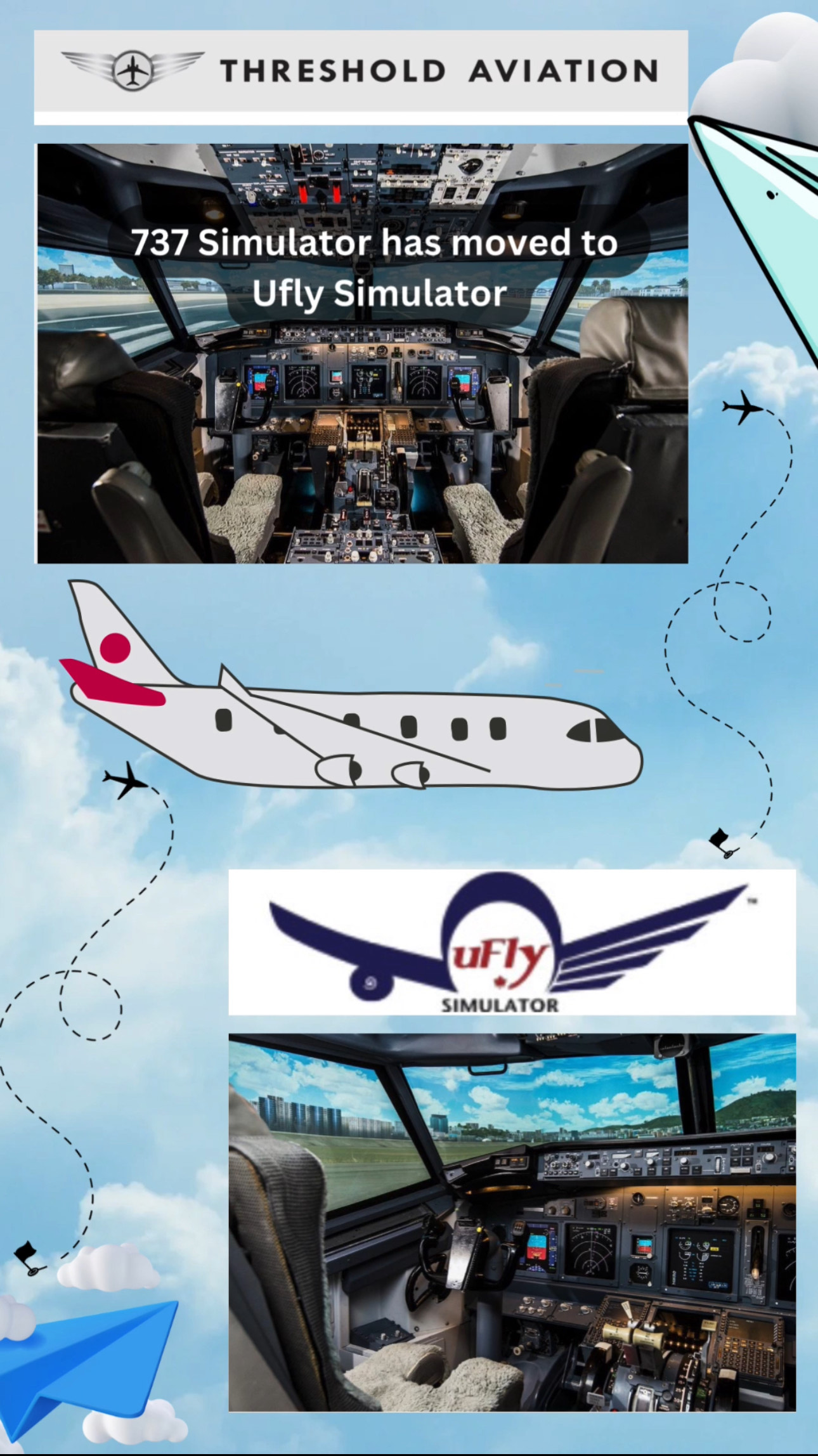
A Legacy in Aviation
The Boeing 737 has become one of the most recognizable aircraft in the world, known for its reliability, versatility, and enduring popularity. Since its introduction in the late 1960s, the 737 has transformed air travel and shaped the aviation industry in numerous ways. In this post, we’ll explore the history, design, and impact of the Boeing 737.
A Brief History
The Boeing 737 was conceived in the early 1960s as a short- to medium-range airliner. The first model, the 737-100, made its maiden flight on April 9, 1967, and entered service with Lufthansa in 1968. Designed to complement Boeing’s larger 707 and 727 aircraft, the 737 quickly gained popularity for its efficiency and ease of operation.
Over the decades, the 737 has evolved through several generations:
- Original Series (1968-1988): The 737-100 and 737-200 laid the groundwork for what would become the world’s best-selling commercial jetliner.
- Classic Series (1981-1999): The 737-300, 737-400, and 737-500 introduced more advanced technology, increased capacity, and better fuel efficiency.
- Next Generation (1997-2019): The 737 NG series (737-600, 737-700, 737-800, and 737-900) featured updated engines, larger wings, and advanced cockpit technology, further improving performance and passenger comfort.
- 737 MAX (2016-Present): The latest iteration, the 737 MAX, incorporates cutting-edge aerodynamics and more efficient engines. However, it faced significant challenges, including grounding and safety concerns, that have shaped its recent history.
Design and Technology
The 737’s design is characterized by its unique, slender fuselage and distinctive tail. With a capacity ranging from 85 to over 230 passengers, the 737 can serve various markets, from low-cost carriers to full-service airlines.
Key features include:
- Wing Design: The 737’s wings are designed for optimal aerodynamic performance, with winglets that enhance fuel efficiency.
- Cockpit Technology: Modern 737s are equipped with advanced avionics, including digital flight displays and autopilot systems, making them easier to operate and safer.
- Engine Efficiency: The 737 MAX features the LEAP-1B engines, which offer significant improvements in fuel efficiency compared to earlier models.
Impact on Air Travel
The Boeing 737 has played a crucial role in democratizing air travel. Its affordability and operational efficiency have allowed airlines to offer competitive fares, making air travel accessible to millions worldwide. The aircraft is a staple for short-haul flights, connecting smaller airports with major hubs and facilitating global travel.
Moreover, the 737 has become a workhorse for low-cost carriers. Its ability to operate on shorter runways and in various environments has enabled airlines like Southwest, Ryanair, and easyJet to thrive, reshaping the airline industry landscape.
Conclusion
With over 10,000 units delivered and countless flights completed, the Boeing 737 remains a symbol of aviation innovation and progress. As it continues to evolve and adapt to new challenges, the 737’s legacy is firmly cemented in the annals of aviation history. Whether you’re a frequent flyer or an aviation enthusiast, the impact of the 737 on modern air travel is undeniable. Here’s to the next chapter in the story of this iconic aircraft!


